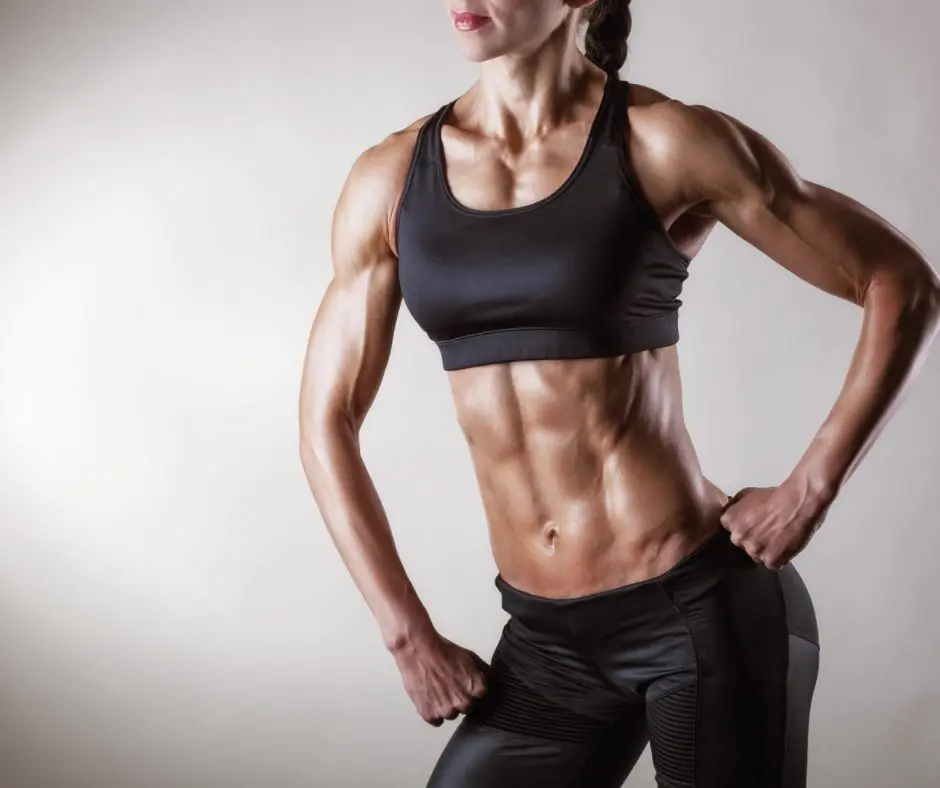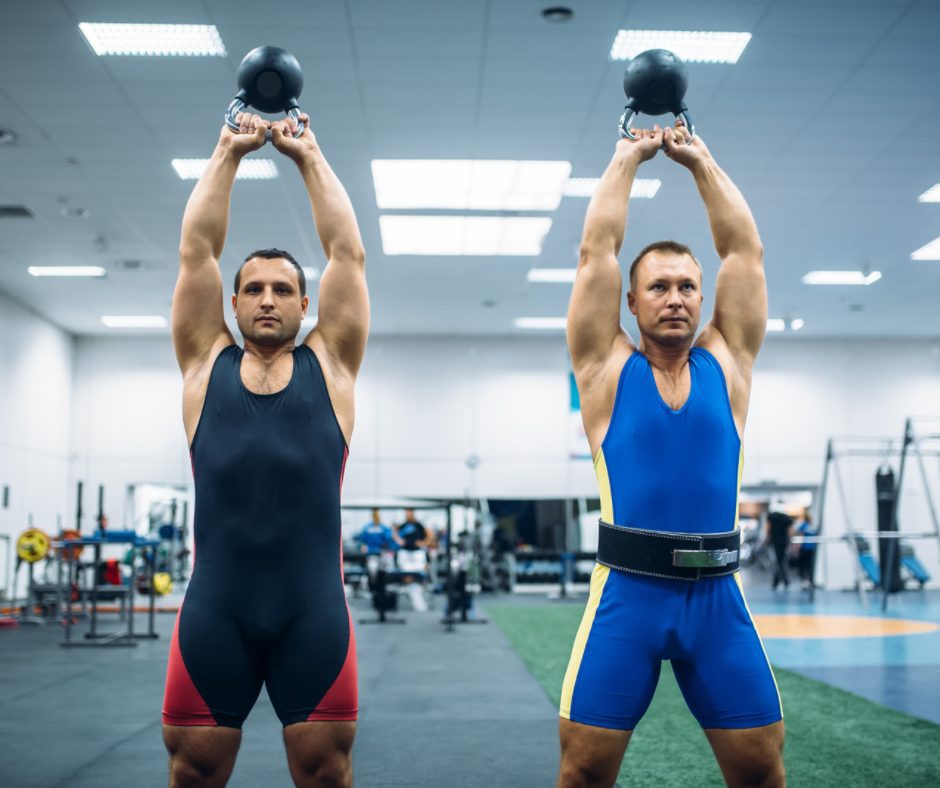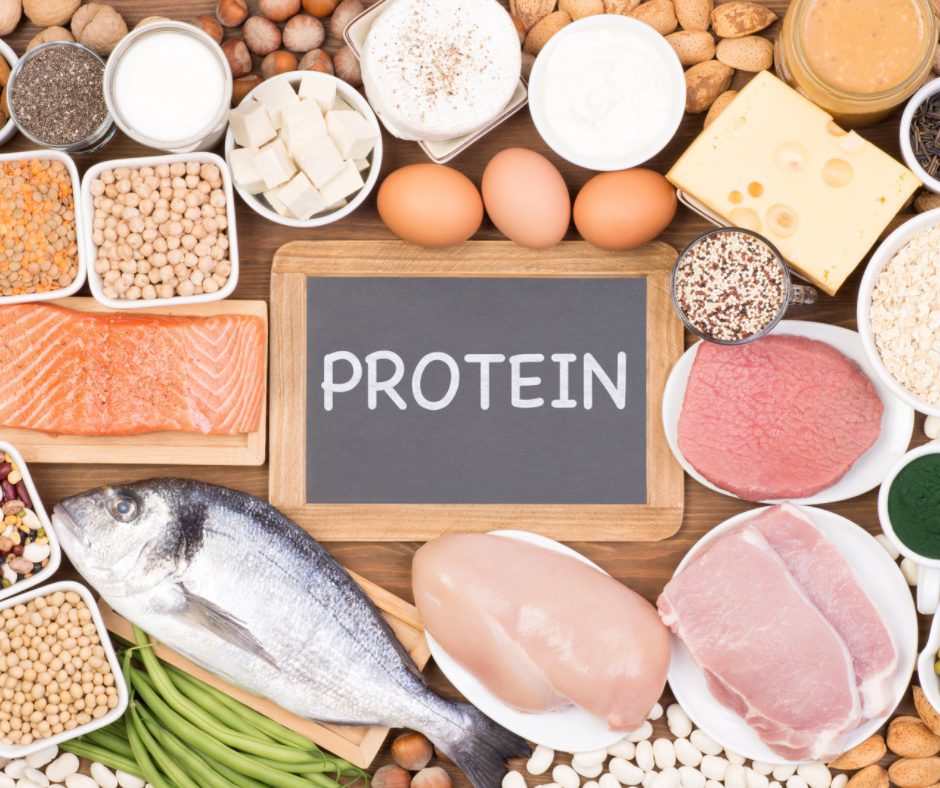
The best online fitness resource you'll ever need. We filter out the BS to ensure you meet your health and fitness goals!

The best online fitness resource you'll ever need. We filter out the BS to ensure you meet your health and fitness goals!

If you’ve spent any time at all in a gym changing room, or just around anyone who enjoys lifting weights, you’ve probably heard the terms ‘anabolic’ and ‘catabolic’ at least once. Lifters have been known to talk about the ‘anabolic window’ and speak about catabolism with a sense of fear or dread. But what do these words mean exactly? Why do weightlifters talk about them so much? And why does there seem to be a battle to become more anabolic vs catabolic?

Anabolism, at a high level, is the building of molecules from smaller units. Catabolism is the reverse, the breaking down of molecules. The body is frequently moving between states of anabolism and catabolism. At times, both are happening at once. And at times, a catabolic state immediately follows an anabolic state.
To instigate muscle hypertrophy (muscle growth) the body needs to be in an anabolic state. This is when the creation of new muscle cells occurs. If the body is frequently catabolic, more than anabolic, then the body would be breaking down more than it was building.
In essence, it is beneficial for someone to create a net anabolic state to ensure that they are building more lean muscle mass than they are losing.
So, you can likely understand why you hear a lot of people in the gym talking about being anabolic and trying to avoid catabolism. However, what’s important to understand is that the body needs to be catabolic at times. If the body was fully anabolic it would continually be using energy to build even if there is nothing to build from. If the body was fully catabolic it would be trying to break down every molecule in the body. Including both muscle and fat. Both are important metabolic processes and a balance, or a sharing of space as part of the metabolism is required.
What we can do, though, is put the body into a net anabolic state. Where you are more anabolic vs catabolic. This is what results in impressive muscle growth.
There are many ways to stimulate muscle anabolism.
Resistance training is an anabolic activity. It encourages the muscles in the targeted areas to grow. It engages a process called Muscle Protein Synthesis. A process that takes dietary protein and uses the amino acids that make it up to repair and grow new lean muscle mass. It’s because of the correlation between exercise and anabolism that the post-workout anabolic window is such a popular, and disproven, theory. However, you will still hear of people talking about it in the gym to this day.
Regular protein feedings cause a spike in anabolism and muscle protein synthesis. It was believed that the optimal time to ingest whey protein or have a protein-heavy meal was right after a workout. Due to the supposed anabolic window. However, it’s since been recommended that regular protein feedings throughout the day are more helpful in creating an overall net anabolic state for muscle hypertrophy.
Anabolism requires energy, therefore the energy balance of the individual is important. The ‘currency’ the body uses for energy is calories. A calorie surplus is an optimal environment for anabolism as it ensures the body has enough energy to support growth and development. A calorie deficit can also support anabolism, but not consistently. And is often seen as a sub-optimal environment for muscle growth. It typically will result in a net catabolic state.
There is no singular amount of protein that suits everyone’s needs. However, research has shown that to support exercise-induced muscle growth, a range between 1.6gs to 2.2gs of protein per kg of body weight per day should be consumed. This is based on many meta-analyses and seems to be the consensus. However, of course, this doesn’t mean it fits everyone’s goals. But it’s a good idea to start within this range and see how you progress over time.
There are a few amino acids that the body is unable to synthesize itself. These are called essential amino acids. The body needs the right amount of the right kind of protein to support muscle growth. Some people choose to supplement this via BCAA or EAA supplements. However, if the above daily protein target is met, the body will receive enough to support muscle growth through anabolism. Those who are on a plant-based diet tend to struggle to meet the protein quality requirement due to plant-based protein sources containing a less than optimal amino acid profile compared to animal protein. These people may benefit from BCAA and EAA supplementation.
Many hormones are involved in anabolism such as insulin, testosterone, and human growth hormone. Testosterone is a primary anabolic hormone and the level of an individual’s testosterone will directly relate to how anabolic that person will be. There are many ways to improve one’s testosterone production, such as through regular physical activity.

Whilst it’s important for the body to support some catabolism to maintain your health, it’s understandable that you may want to be somewhat aware of what instigates a net catabolic state.
However, remember that if you are focussing on the above controllable elements that support anabolism, you will be in a net anabolic state anyway.
But for the sake of transparency, the below has been shown to encourage a net catabolic state.
Where resistance training is seen as anabolic, aerobic training such as running and HIIT is very catabolic. They serve to encourage more fat burn. Pushing you into a more negative energy balance to serve to break down molecules. Where resistance training is for stimulating growth, aerobic and endurance exercises promote the opposite.
Where you are encouraged to be in a net caloric surplus to promote a net anabolic state, the opposite is required to promote a catabolic state. If you are actively looking to lose body fat or muscle mass, you want to ensure you’re in a negative energy balance. A calorie deficit.
Following on from the above, foods that are known to increase your metabolism will also help towards catabolism. Those on weight loss journeys will typically increase their protein intake as it has a high thermic effect. Meaning that it increases your metabolism, your calories out, promoting body fat breakdown if paired with a calorie deficit.
Whilst hormones have many different roles within the body, there are also hormones that contribute to catabolic processes. Adrenaline, cortisol, and glucagon are the main catabolic hormones, but others are currently being researched such as melatonin.

Yes.
But whether you should or need to turn to a supplement is dependent on all the above.
Supplements are helpful because they are there to supplement your current program.
If you can consistently meet your training and nutrition requirements there should be no need to look to any ‘anabolic’ supplements. Steroids are popular choices amongst athletes, but they are prescription-only for a reason due to the multitude of health risks. Testosterone boosters are usually advertised all over the internet, but these tend to only be good at boosting their profit margin by separating you from your money.
Fat burners claim to help you to ‘burn’ more fat at rest, but these only work with regular exercise and a caloric deficit. Something you should be doing anyway. So why would you need the supplement?
Nothing beats good training and consistent nutrition. But if you genuinely do struggle to meet your targets then a supplement may help. And if you think you have low testosterone, that’s something a doctor can advise on. Not the Internet.
As you can see, both processes are incredibly important for long-term health. It’s impossible to be fully anabolic and fully catabolic. But it’s important to understand how both processes interact with each other.
When it comes to training and your goals, there isn’t any need to stress or focus on each individual process though.
If you’re looking at muscle hypertrophy, it’s worth simply focussing on your training and your nutrition. Working hard and following a proven resistance training program will promote a large spike in anabolism. Regularly consuming high protein meals throughout the day will also provide regular spikes in anabolism and contribute to muscle protein synthesis. And ensuring you’re in a calorie surplus will provide the energy needed to support the process.
In short. Just eat and lift.
If you’re looking to lose body fat then regular training, either aerobic or resistance, will support a catabolic process. Ensuring you’re eating a balanced diet within a calorie deficit will result in a loss of body fat over time.
In short. Eat less, and lift. Or run.
Everything else the body does within these two processes will happen anyway.
So, keep it simple. And let your body take care of the rest.